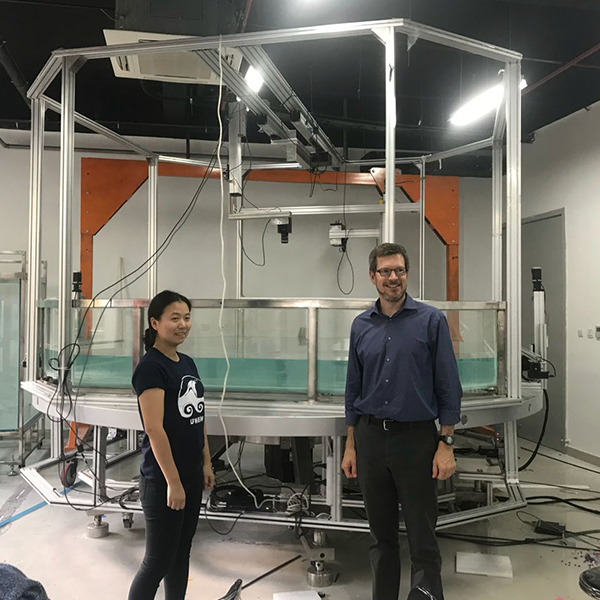The future of gantry systems in 3D printing looks full of promise as many more improvements are on the way. One important area of advancement is incorporation of advanced materials and construction methods to enhance strength and precision in gantry parts. Moreover, advancements in automation and controls will lead to increased efficiency and ease of operation among others. Advanced software integration enabling real-time monitoring, adaptive control, and improved accuracy as well as customizability is anticipated. In addition, innovations in modular design could offer greater flexibility allowing for easier upgrades and adaptability to different printing tasks. These improvements collectively aim at making gantry systems stronger, more versatile and able to cope with rising demands from the 3D printing industry.
Innovations in Robotic Arm Integration
Several innovative developments have so far been realized towards enhancing efficiency and versatility within 3D printing by the integration of robotic arms into these systems. Improved precision and repeatability have been achieved through advanced control algorithms; thus, this has been made possible using feedback sensors that enable the robotic arm to repeat certain actions with high accuracy levels. Besides that, cobots are increasingly being adopted as they provide an environment where humans can work safely with those robots leading to flexible handling features improving productivity in collaborative spaces. Modular robotic arms are also becoming popular choices where end-effectors could be easily exchanged for a change in tasks requiring lesser time for reconfiguring them thereby minimizing chances of downtime as well. This leads us to conclude that this trend shows that additive manufacturing has begun evolving into more dynamic forms for better application possibilities such as soft robotics which is one example intended for several sectors ranging from healthcare up to space exploration.
Trends in Compact and Efficient Gantry Designs
Space optimization and better performance despite smaller sizes, are recent key drivers behind the development of compact efficient gantries. Among them, one important improvement is the use of light weight high-strength materials like carbon fiber and aluminum alloys. By using such materials in constructing gantry systems, their overall weights become lighter thus helping in improving their operational speeds as well as reducing energy consumption. Furthermore, more modern linear motion elements such as precision ball screws and linear guides have been integrated to enhance movement accuracy and repeatability.
In addition, there is growing prevalence of smart technologies like IoT sensors and machine learning. Such technologies enable real-time monitoring of systems as well as predictive maintenance that help operators see early warning signs or predict possible system failures before they happen. Lastly, modularity has remained a significant aspect enabling flexibility in terms of configuration and easy upgradeability. This aspect enables it to accommodate many applications which make it suitable for different industries including electronics up to medical devices where these types of compact gantries can be employed.
Emerging Materials and Extrusion Techniques
The 3D-printing sphere is moving forward with the use of new materials and extrusion methods. The most current strides have been in biodegradable, eco-friendly materials, high-performance compositions and metal filaments.
1. Biodegradable and Environmentally Friendly Materials: Novelty for instance PLA (polylactic acid) blends and other bioplastics are now gaining popularity because they cause less harm to the environment. These alternatives are derived from living organisms and have physical properties that are comparable to those of conventional plastics hence could be used in various applications.
2. High-Performance Composites: Due to their characteristic strength-to-weight ratio as well as durability, materials such as carbon fiber-reinforced polymers (CFRPs) and glass-filled nylon are finding an increasing number of applications. High precision mechanical performance calls for these composites which are commonly used in the aeronautical industry, among others.
3. Metal Filaments: This material allows for functional metal-based parts directly produced by a standard 3D printer through the application of Stainless steel, Copper or Bronze infused filaments. In designing prototypes or manufacturing small quantities of metallic parts, this approach offers cost-effective choices for 3D printing users looking forward to such options.
Moreover, advanced techniques including multicolored printing and continuous filament reinforcement all help improve 3D printers’ efficiency. Multicolor extrusion can combine different substances into single print thereby making it possible to create complex structures with varying characteristics. Continuous filament reinforcement includes adding continuous strands of filament within the thermoplastic matrix during printing phase leading to significant increase in part’s strength and stiffness levels. This emerging technology together with new materials is going to shape additive manufacturing causing it to change industrial applications greatly.
Post time: Feb-06-2025









